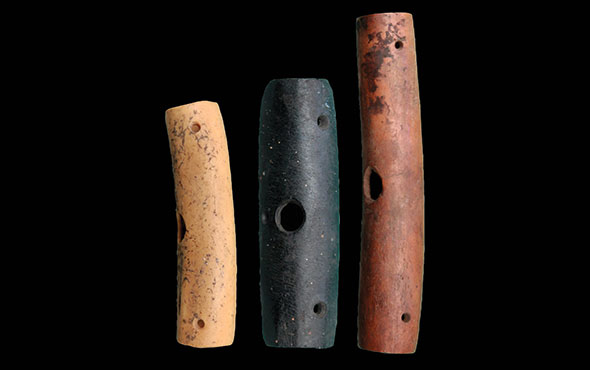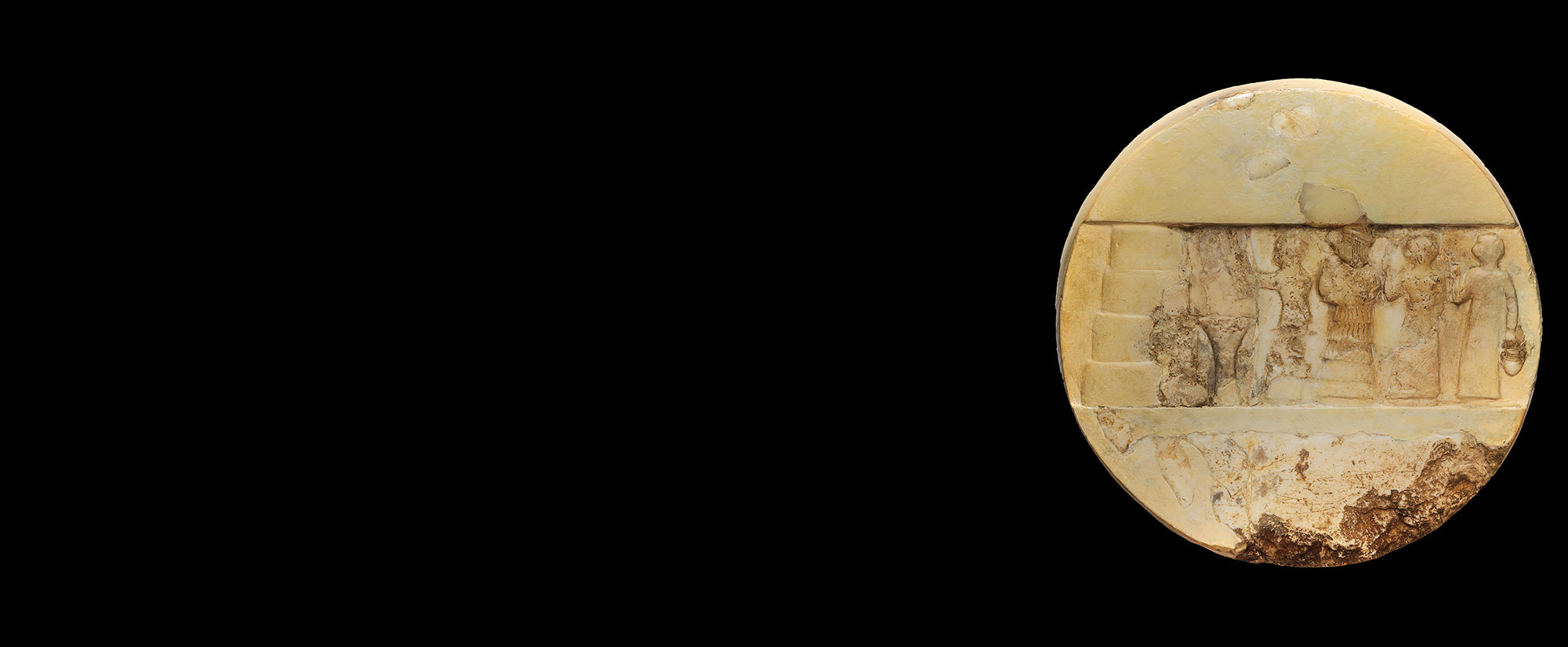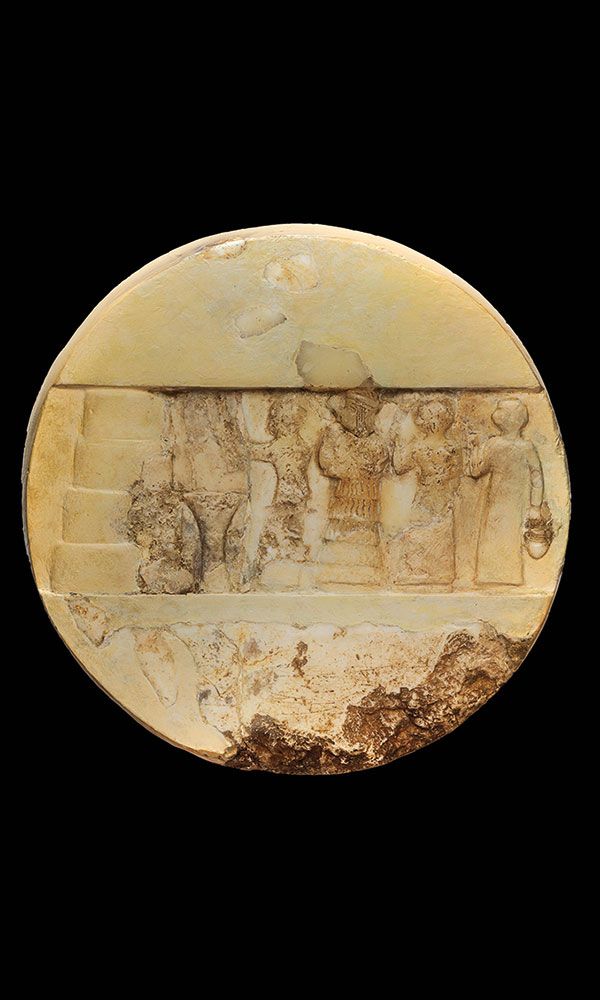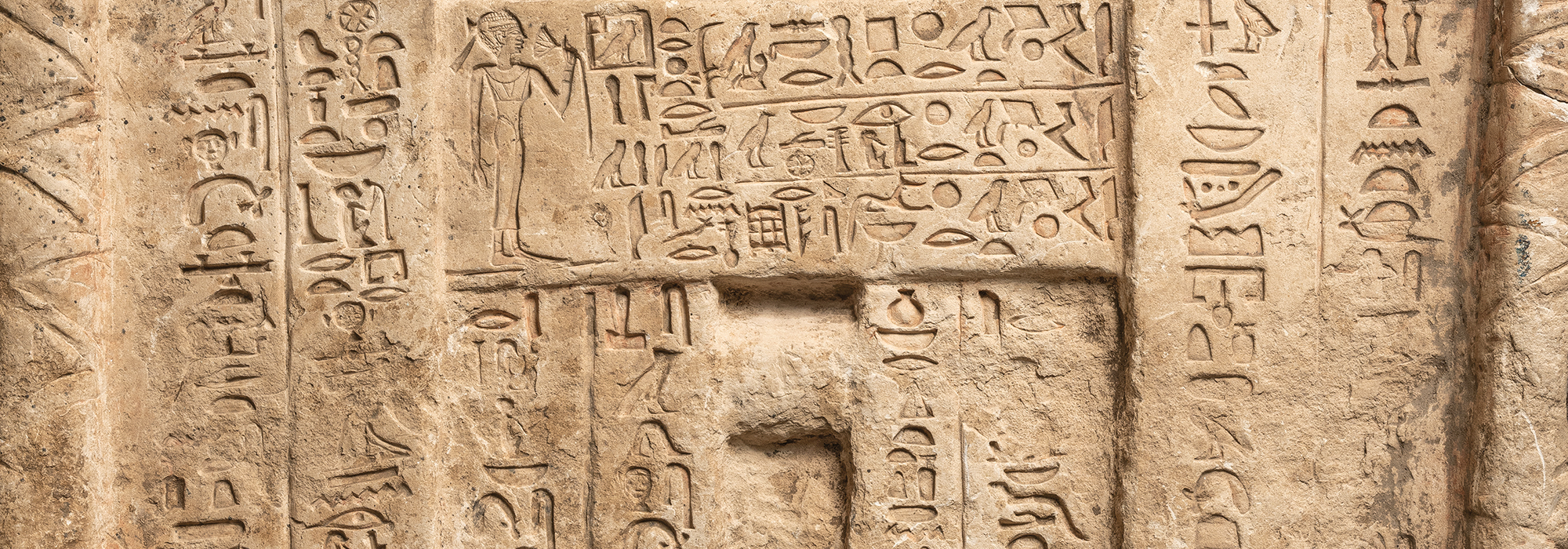
BOSTON, MASSACHUSETTS—A new study of red paint applied to human remains recovered from more than 100 mortuary structures in southern Peru’s Chincha Valley has found that only the remains of certain people were painted, and that different kinds of red paint were employed, according to a Live Science report. Samples of red paint were taken from 38 bones and artifacts that had been dated to between A.D. 1000 and 1825, including 25 human skulls. The paint samples were analyzed using X-ray powder diffraction, X-ray fluorescence spectrometry, and laser ablation ICP-MS by a team of researchers led by Jacob Bongers of Boston University. The results showed that red paint on 24 of the objects came from iron-based ochres such as hematite, 13 came from mercury-based cinnabar, and one was a combination of the two pigments. Most of the bones that had been painted belonged to men, although paint was also found on the bones of some women and children, and on those of several people whose remains showed evidence of healed traumatic injuries and of people whose skulls had been modified in infancy. Examination of the 25 painted skulls in the study also revealed that this paint was applied using textiles, leaves, and even with fingers, Bongers said. It is not clear, however, how long after death the paint was applied to the bones. For more on the ways the dead were honored in Peru's Chincha Valley, go to "Dignity of the Dead."











